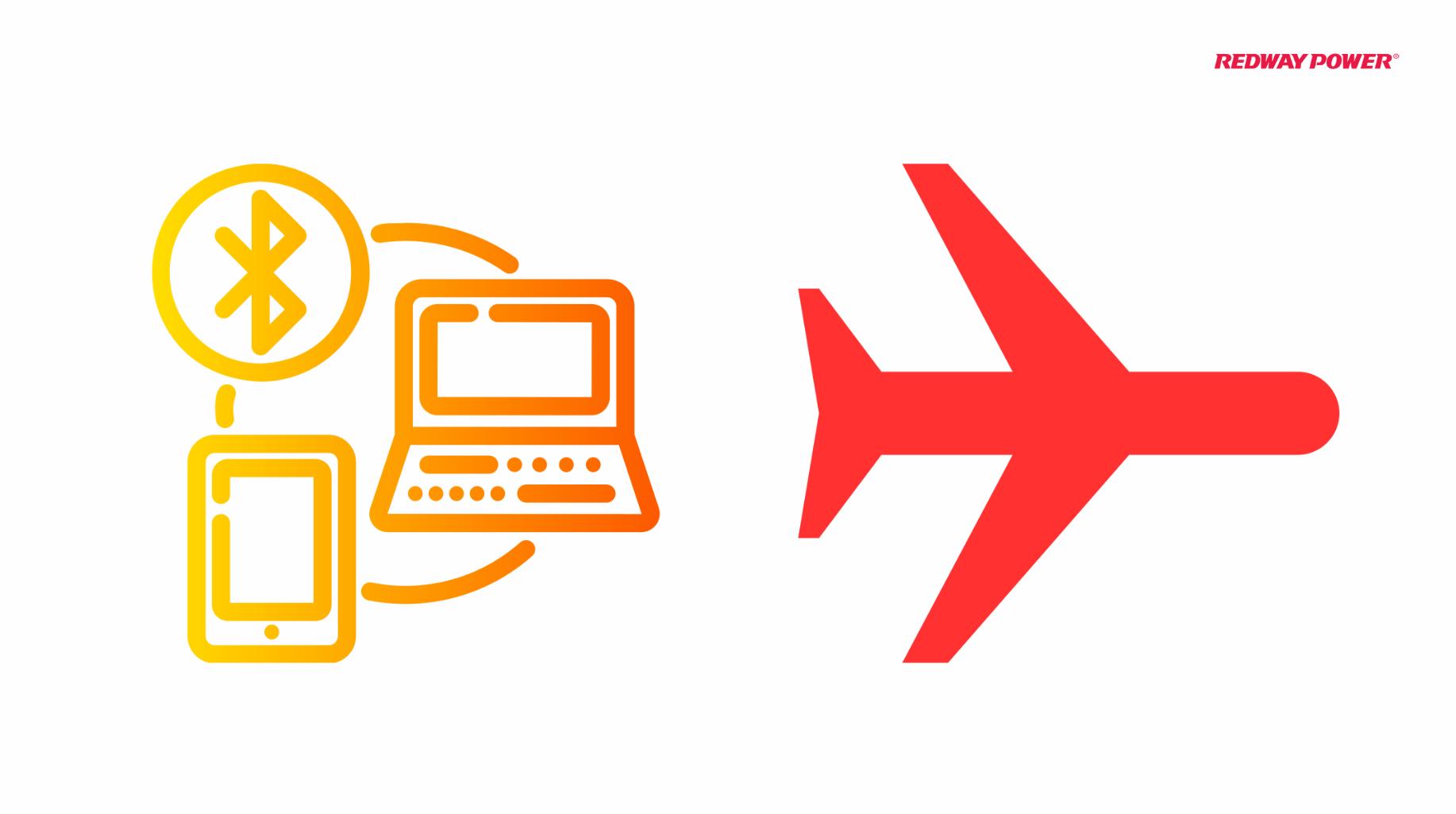Yes, Bluetooth can operate in airplane mode, but there are specific conditions and steps to follow. When you enable airplane mode on your device, it disables all wireless communications, including cellular, Wi-Fi, and Bluetooth. However, you can manually turn Bluetooth back on after activating airplane mode, allowing you to connect to Bluetooth devices such as headphones or speakers while flying.
Understanding Airplane Mode
Airplane mode is a setting on mobile devices that disables all wireless communications, including cellular, Wi-Fi, and Bluetooth. This mode is crucial during flights to prevent interference with aircraft systems. While in airplane mode, you cannot make calls or send texts, but you can still use offline apps and listen to downloaded music.
How to Use Bluetooth in Airplane Mode
When you activate airplane mode, Bluetooth is initially disabled. However, you can manually turn Bluetooth back on while remaining in airplane mode. This allows you to connect Bluetooth devices like headphones for entertainment during the flight, as long as you comply with airline regulations regarding device usage.
- Activate Airplane Mode:
- On your device, go to the settings menu or swipe down from the top of the screen (for Android and iOS) to find the airplane mode toggle. Turn it on to disable all wireless communications.
- Re-enable Bluetooth:
- After activating airplane mode, go back to your device’s settings and turn Bluetooth back on. This allows you to connect to your Bluetooth headphones or other devices without reactivating cellular or Wi-Fi connections.
- Pair Your Devices:
- Ensure that your Bluetooth devices are paired with your phone or tablet before the flight. This will make it easier to connect once you are in the air.
Airline Policies on Bluetooth Usage
Most airlines permit the use of Bluetooth devices after takeoff and before landing. However, policies vary by airline, so it’s essential to check specific guidelines before your flight. Generally, passengers are encouraged to stow electronic devices during critical phases of flight to ensure they can hear safety announcements from the crew.
- During Takeoff and Landing: Most airlines require passengers to turn off all electronic devices during takeoff and landing phases. This includes disconnecting Bluetooth devices.
- In-Flight Usage: Once the seatbelt sign is off and the plane reaches cruising altitude, you can typically use Bluetooth devices as long as they do not interfere with aircraft systems.
Tips for Using Bluetooth Devices on a Plane
To enhance your in-flight experience with Bluetooth devices, keep the volume at a moderate level to hear important announcements. Ensure your device is in airplane mode with Bluetooth enabled after takeoff. Always follow airline instructions regarding device usage and be prepared to disconnect if requested by the cabin crew during critical flight phases.
- Volume Control: Keep the volume at a moderate level so you can still hear important announcements from cabin crew.
- Stay Within Range: Maintain a reasonable distance between your device and your Bluetooth headphones to ensure a stable connection.
- Battery Life: Ensure your Bluetooth devices are fully charged before the flight to avoid running out of power during your journey.
Latest Developments in Air Travel Technology
Recent advancements have made air travel more accommodating for tech-savvy passengers:
- Increased Connectivity Options: Many airlines are now offering in-flight Wi-Fi services that allow passengers to connect their devices while in airplane mode.
- Improved Device Policies: Airlines are updating their policies regarding electronic device usage, often allowing more flexibility with personal electronics during flights.
How Does Airplane WiFi Work?
Conclusion
In summary, while airplane mode disables all wireless communications initially, you can enable Bluetooth after activating it. This allows for a seamless experience using Bluetooth headphones or other devices while flying. Always check with your airline for specific policies regarding electronic device usage during different phases of flight to ensure compliance and safety.




